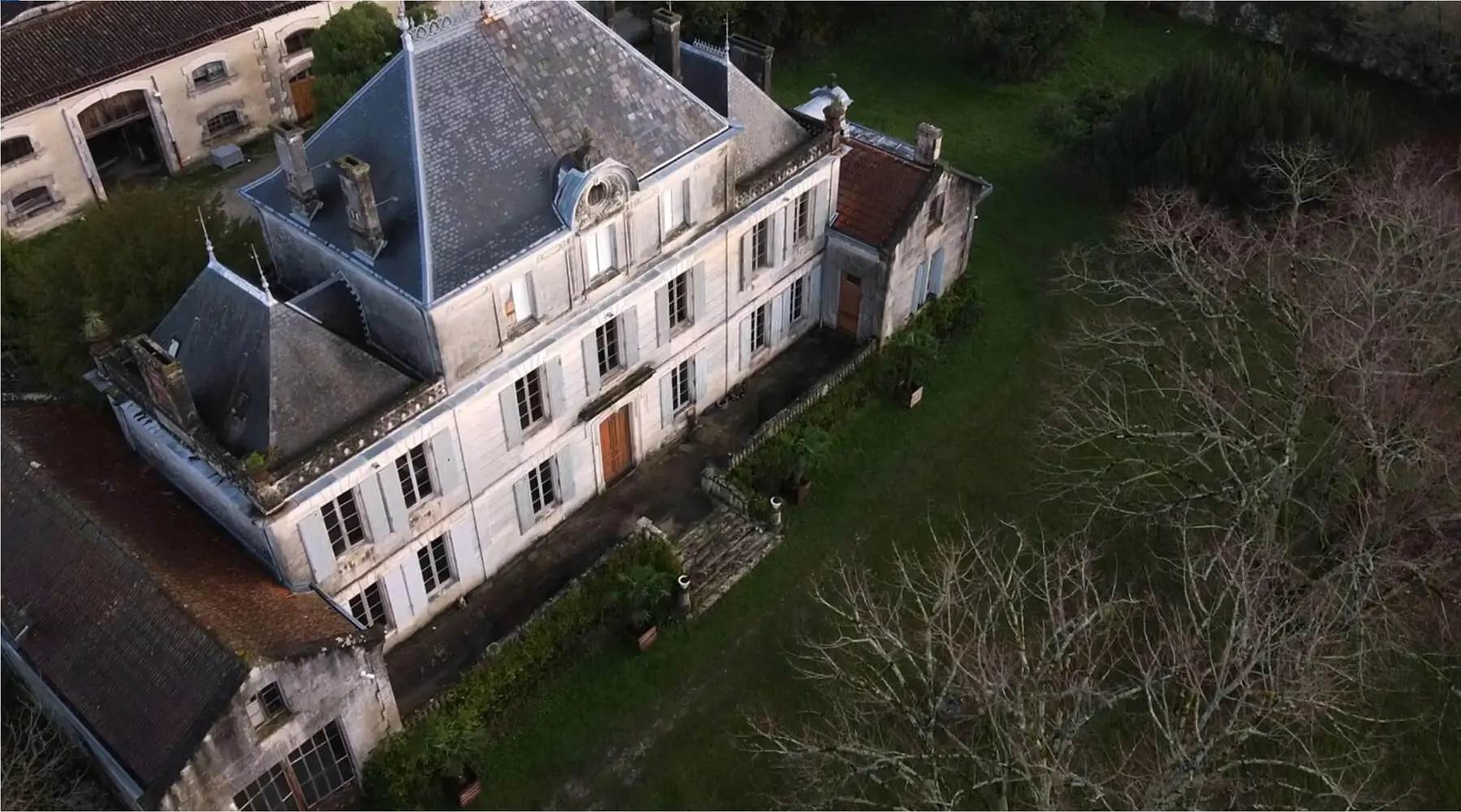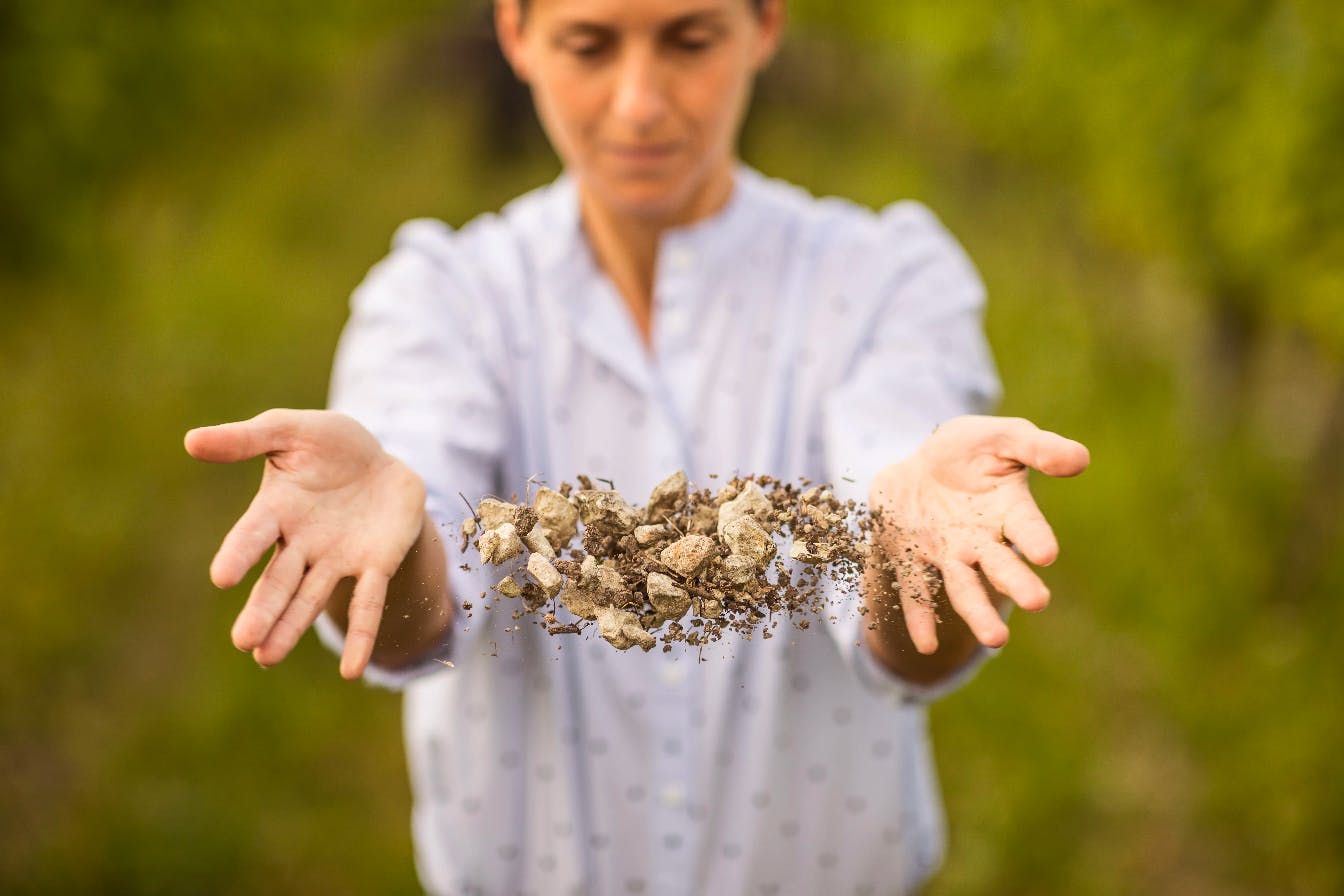Walk with us through our vineyards in the prestigious Grande Champagne region of Cognac and you’ll see what makes this place so special. The chalk and limestone land appears harsh and yet these vines and their grapes are full, bursting with life. This terroir is the reason for the world-renowned acclaim and particular elegance of Grande Champagne cognacs.
Cognac is comprised of six distinct regions, or “crus,” nested within each other, with Grande Champagne at its heart. Known as the “premier cru de cognac,” this is where our story begins with the birth of the first Elie Ferrand in the small town of Segonzac in 1630.


